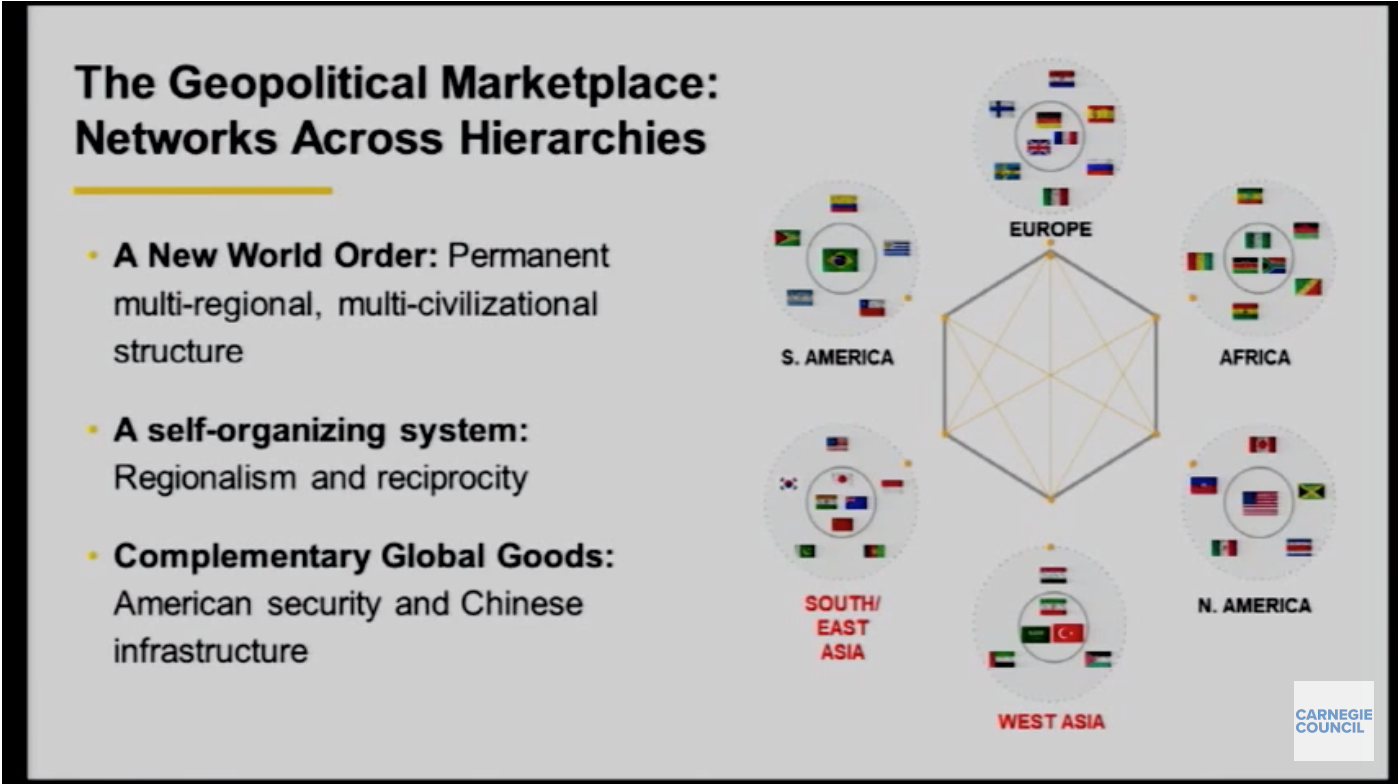The Future is Asian
Parag Khanna’s The Future is Asian was released earlier this month (Feb 2019). This is an epic piece of work at a pivotal, transitional phase in the global world order. Parag has an impressive resume with degrees from Georgetown University and the London School of Economics. Professionally, he has been associated with the World Economic Forum, US Government/Military projects and the Lee Kuan Yew School of Public Policy.
Per my reading of The Future is Asian, the two key characteristics that are critical for Asian countries are:
- Rule of the law, not democracy, has a strong correlation to economic performance. Politicians, administrators and residents MUST make this the highest priority. Some Asian countries might very well not be part of the Asian future if they don’t take this aspect seriously.
- Technocratic Governance has been a key contributor to the success of Asian leaders like Singapore and China. Government employees and bureaucrats, particularly at the upper echelons of organisational hierarchies, must be trained in the technocratic planning and execution methods from these countries. This will enable articulation and implementation of long term (multi decade) policy regardless of short term election cycle outcomes.
If you can’t stomach the idea of reading a 450 page book, you could watch this 1 hour video instead. This might warm you up for the longer read.
There are plenty of interesting slides in his presentation. A couple that caught my eye are below.
Slide 1: Parag’s take on the new world order.

Slide 2: Since parents raise children painstakingly and pay most of their bills until they are able to sustain yourself, it makes sense for children to give high priority to these relationships amongst all others. Likewise, it is important to prioritise the relationships with your large trading partners. Parag’s slide below highlights the volume of trade among Asian countries.
China’s largest Asia trade partners are: ASEAN – $330B, Korea – $250B, Japan – $220B
India’s largest Asia trade partners are: West Asia/Gulf – $200B, China – $80B, ASEAN – $70B

Slide 3: Parag mentions that one of the hardest things to articulate was the commonality across Asian systems. The following 3 values is what he came up with.
